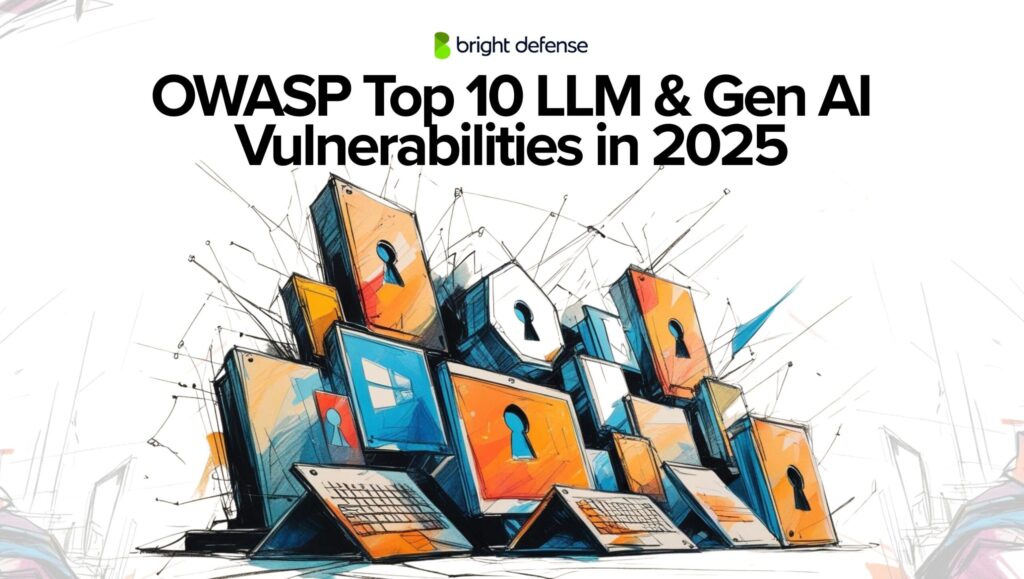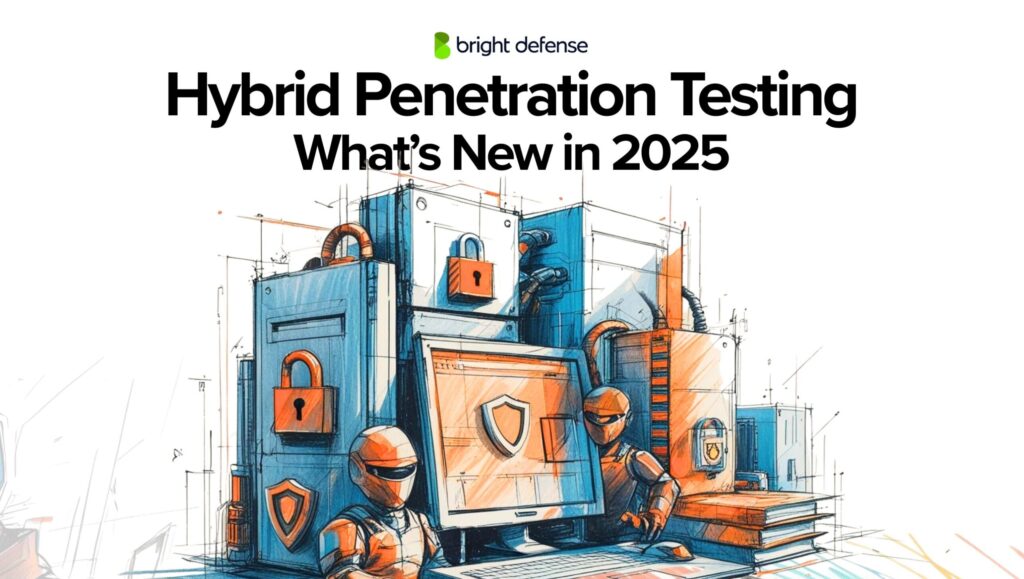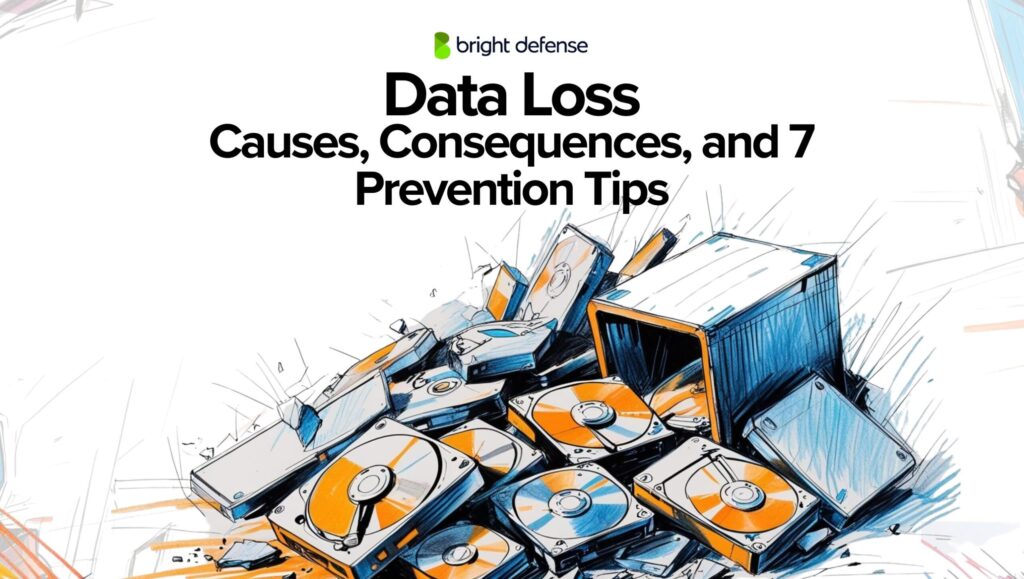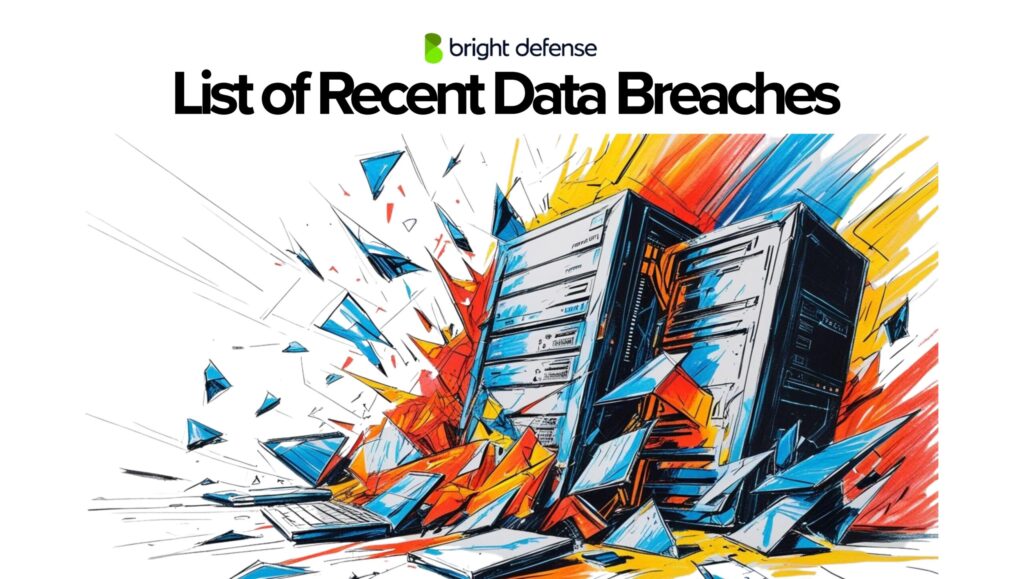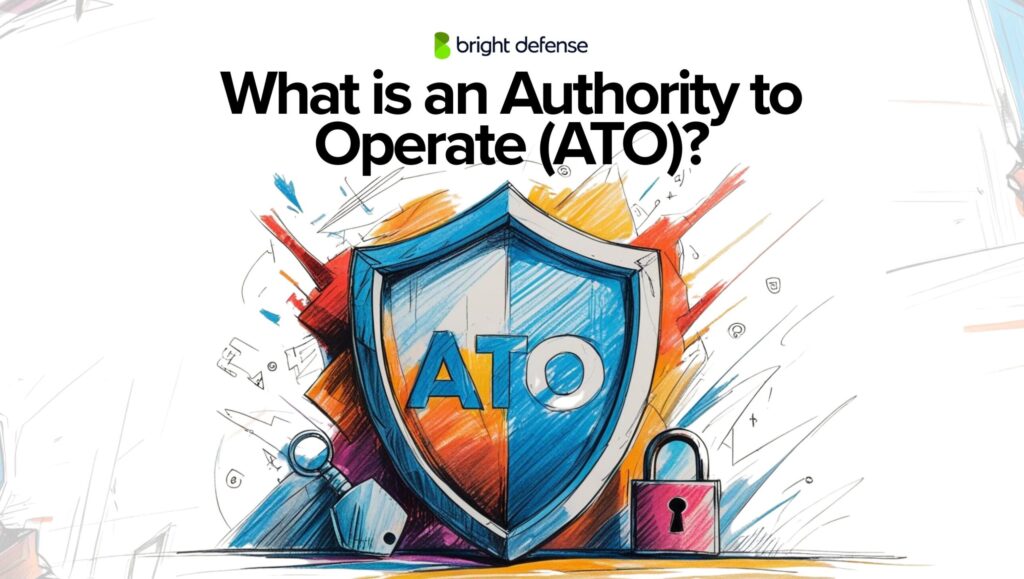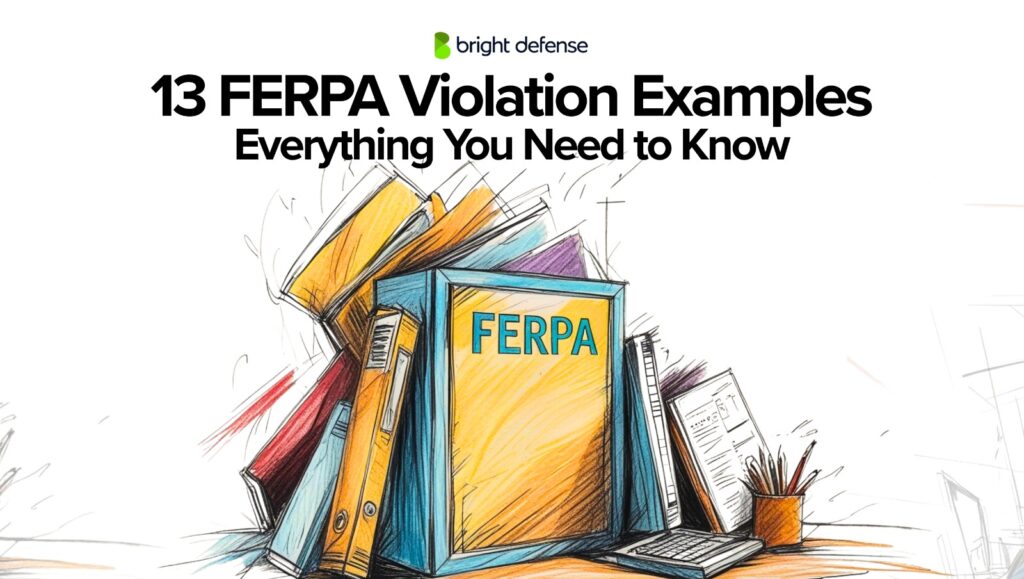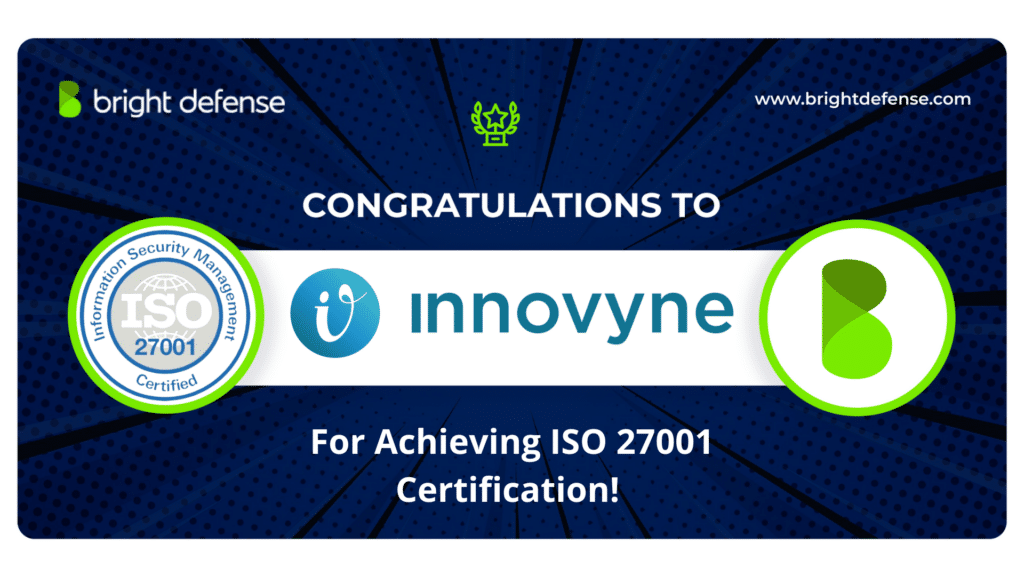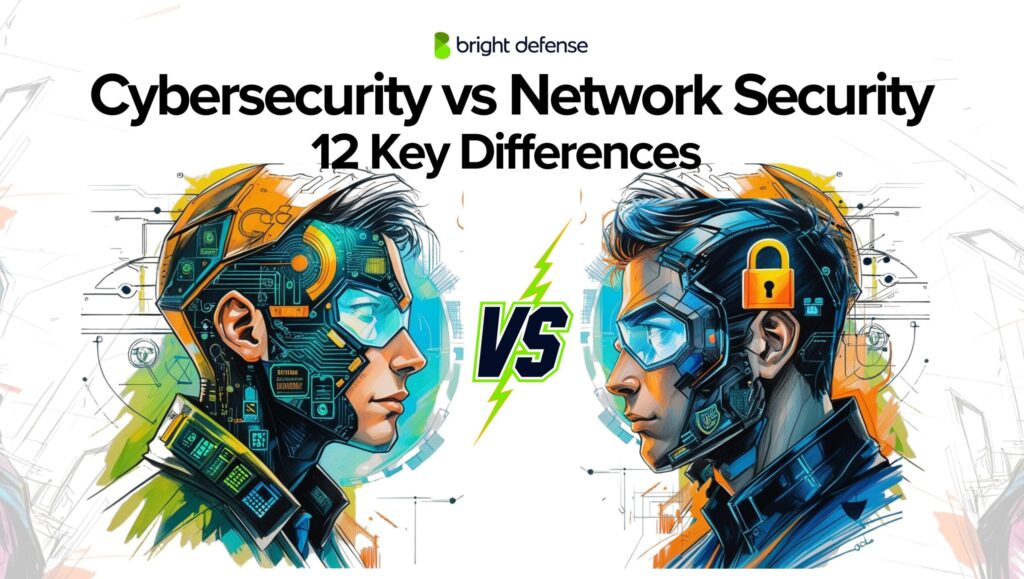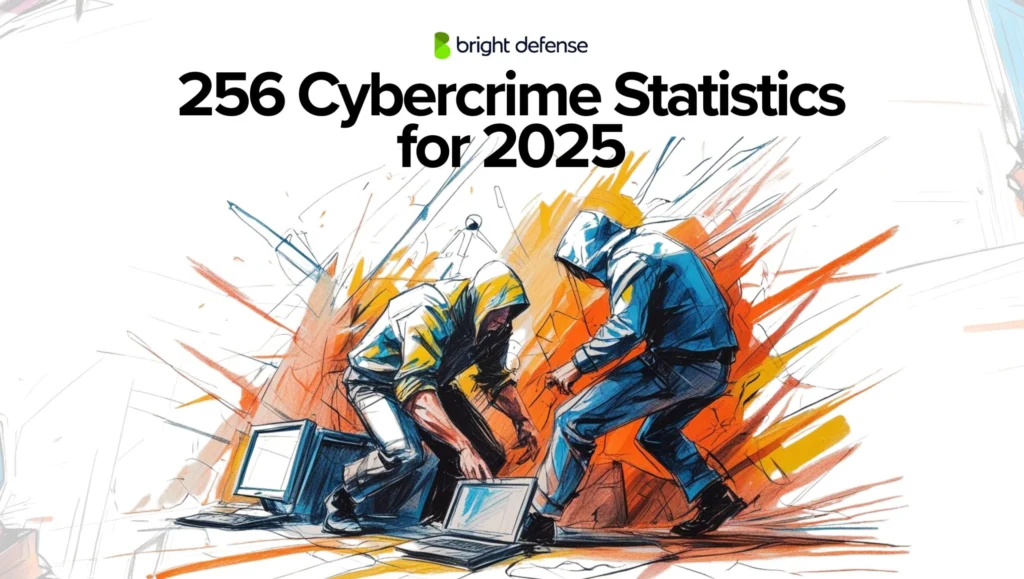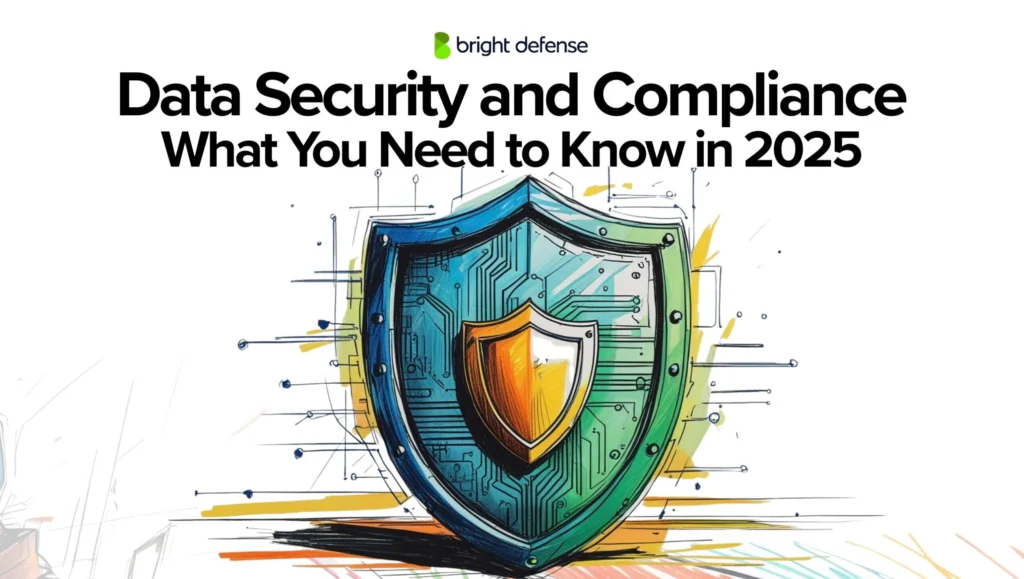Resources
OWASP Top 10 LLM & Gen AI Vulnerabilities in 2025
When discussing security in generative AI systems, especially those powered by Large Language Models (LLMs), it’s essential to consider the OWASP Top 10 LLM risks. These models introduce new categories of security risks beyond traditional software vulnerabilities. Right now, we’ll explore each of the OWASP Top 10 LLM GenAI vulnerabilities in 2025. For each risk,…
Read MoreHybrid Penetration Testing: What’s New in 2025
Penetration testing (pentesting) remains a critical component of cybersecurity. With the growing complexity of IT environments, organizations are adopting hybrid penetration testing approaches that blend automated tools with manual techniques. This combined approach allows organizations to focus their remediation efforts on the most critical vulnerabilities, ensuring efficient resource allocation and reducing overall risk exposure. This…
Read MoreData Loss: Causes, Consequences, and 7 Prevention Tips
That sinking feeling. The sudden dread. One minute, your crucial document is there, the next, it’s gone. Poof. Vanished. Data loss. It’s a digital nightmare we all secretly fear, and unfortunately, one many of us experience firsthand. The loss of important data can compromise the integrity of your work and lead to significant setbacks, making…
Read MoreList of Recent Data Breaches in 2025
In an increasingly digital world, the threat of data breaches looms larger than ever. From multinational corporations to individual users, no one is immune. The headlines are filled with stories of compromised personal information, stolen financial data, and disrupted services, painting a stark picture of our vulnerability. This blog will delve into the recent surge…
Read MoreWhat is an Authority to Operate (ATO)?
ATO (Authority to Operate) is an official approval that a system meets all necessary security standards and can handle sensitive information without posing unacceptable security and privacy risks. In simpler terms, it gives the official go-ahead that your information system has an acceptable security posture and meets the strict security requirements federal agencies demand. If…
Read More13 FERPA Violation Examples You Need to Know and Avoid
FERPA is a federal law that protects student privacy. It gives students control over their educational records and restricts how schools handle personal data. Any school that receives federal funding, public or private, must follow FERPA rules. Ignoring these rules can lead to serious consequences, including losing that funding. This blog breaks down 13 real-world…
Read MoreInnoVyne Elevates Data Security Standards with ISO 27001 Certification, Supported by Bright Defense
Markham, ON — March 11th, 2025 — InnoVyne, the leader in Sales and Enterprise Performance Management solutions, proudly announces its recent achievement of ISO 27001:2022 certification. This certification is a globally recognized Information Security Management Systems (ISMS) standard, signifying InnoVyne’s commitment to maintaining the highest levels of data security and operational excellence. In the demanding professional…
Read MoreCybersecurity vs Network Security – 12 Key Differences
Network security protects the systems that connect your devices, like routers and firewalls, by controlling access and stopping attacks as data moves through the network. Cybersecurity is broader. It includes network security and also protects endpoints, apps, cloud systems, and user behavior. However, cybersecurity and network security often get tossed around like they mean the…
Read More250+ Cybercrime Statistics (October – 2025)
Get the facts on the latest cybercrime statistics, updated till May 2025. This report provides key data on current cyberattack trends and vulnerabilities, helping you understand and mitigate digital risks. 1. Global Financial Impact 2. Frequency & Scope of Cyber Attacks 3. Ransomware & Malware Trends 4. Phishing & Social Engineering Cybercrime Statistics Our article…
Read MoreData Security and Compliance: What You Need to Know in 2025
2025 is a critical turning point for data security and compliance. The average cost of a single data breach in 2025 is a staggering $4.44 million! Meanwhile, the United Nations Conference on Trade and Development (UNCTAD) reports that 80% of countries now have or are working on data protection and privacy legislation. This growing focus…
Read More